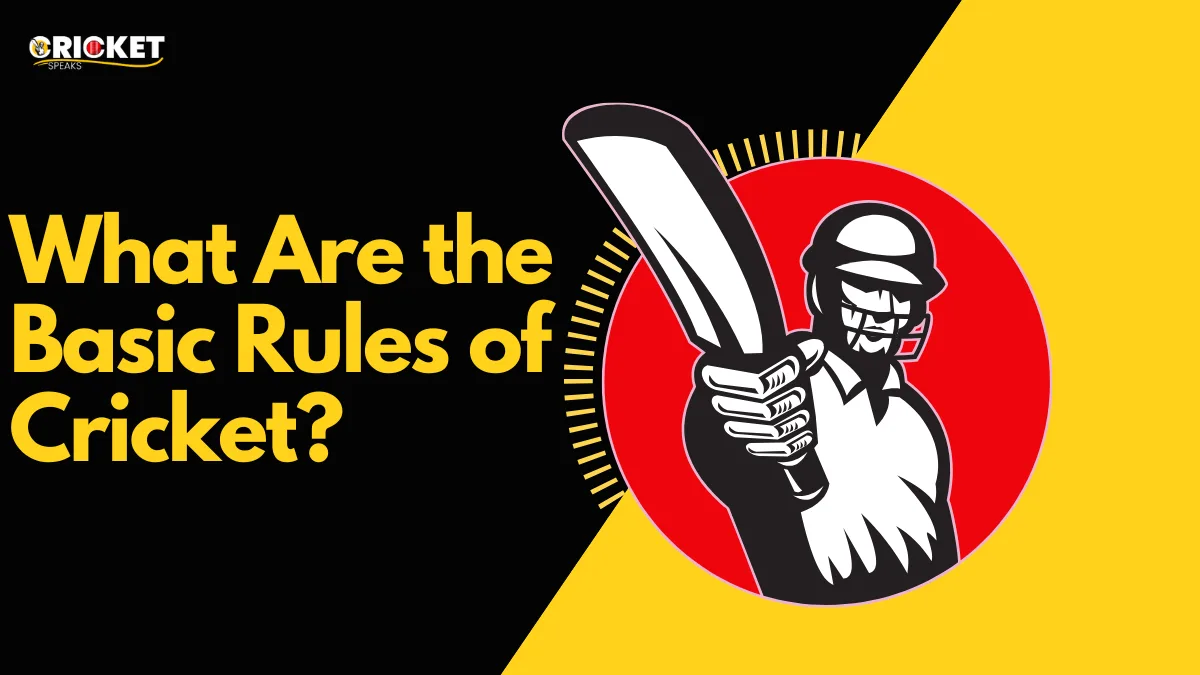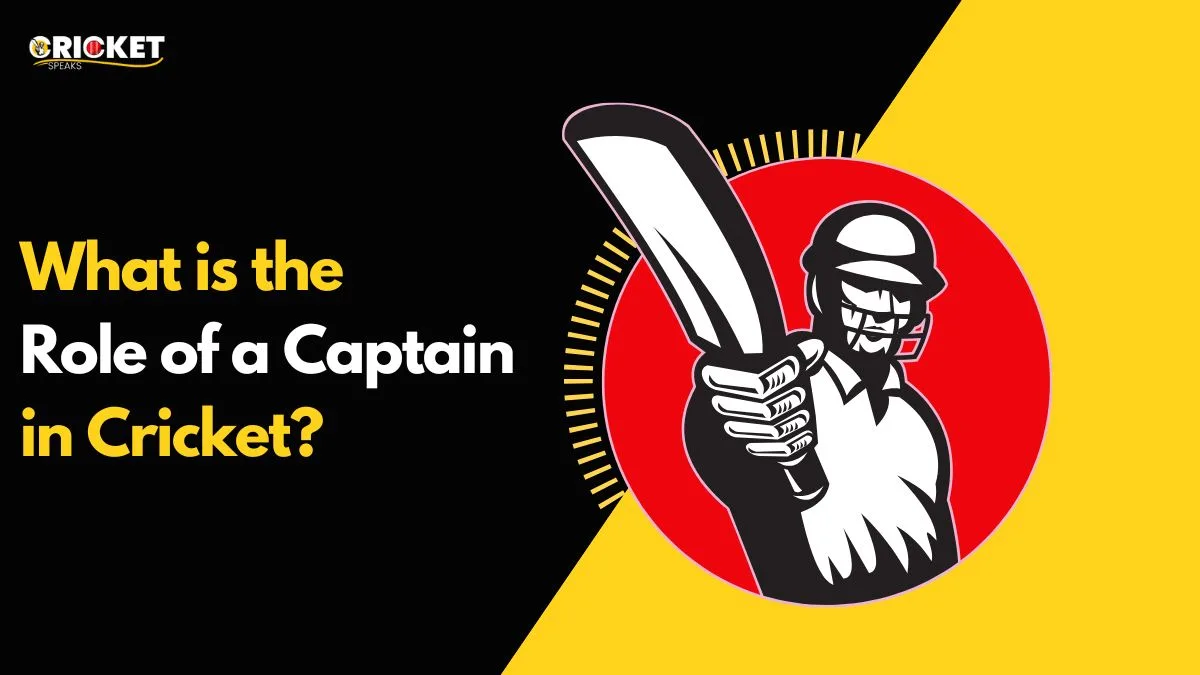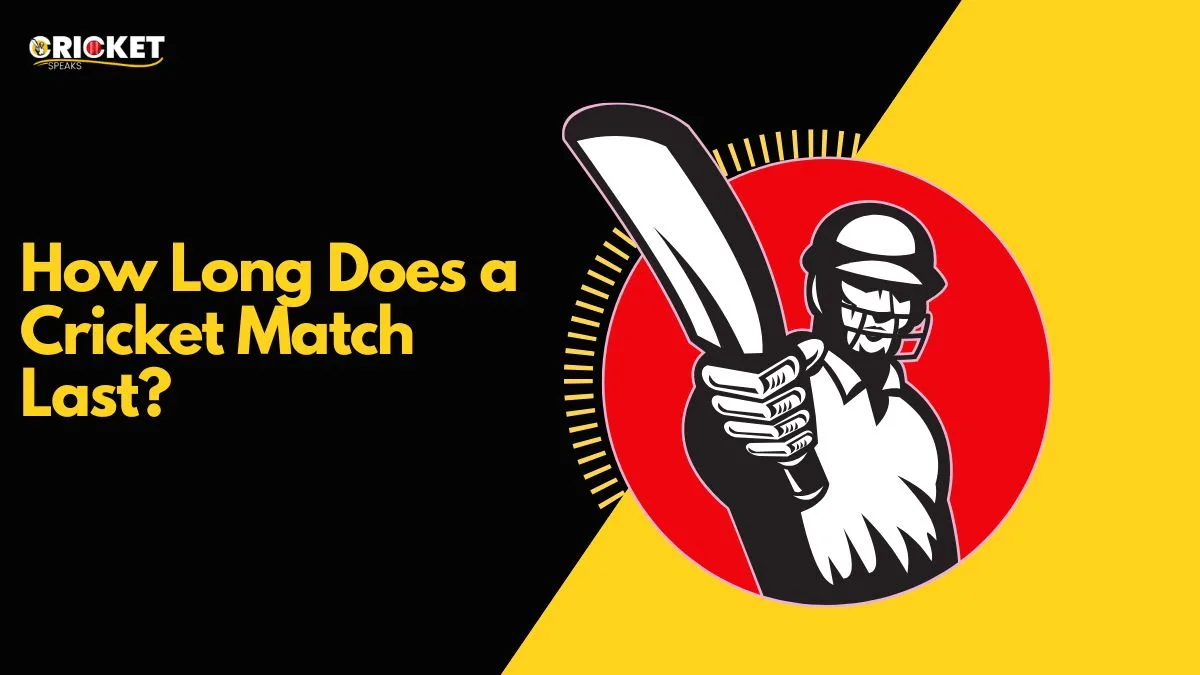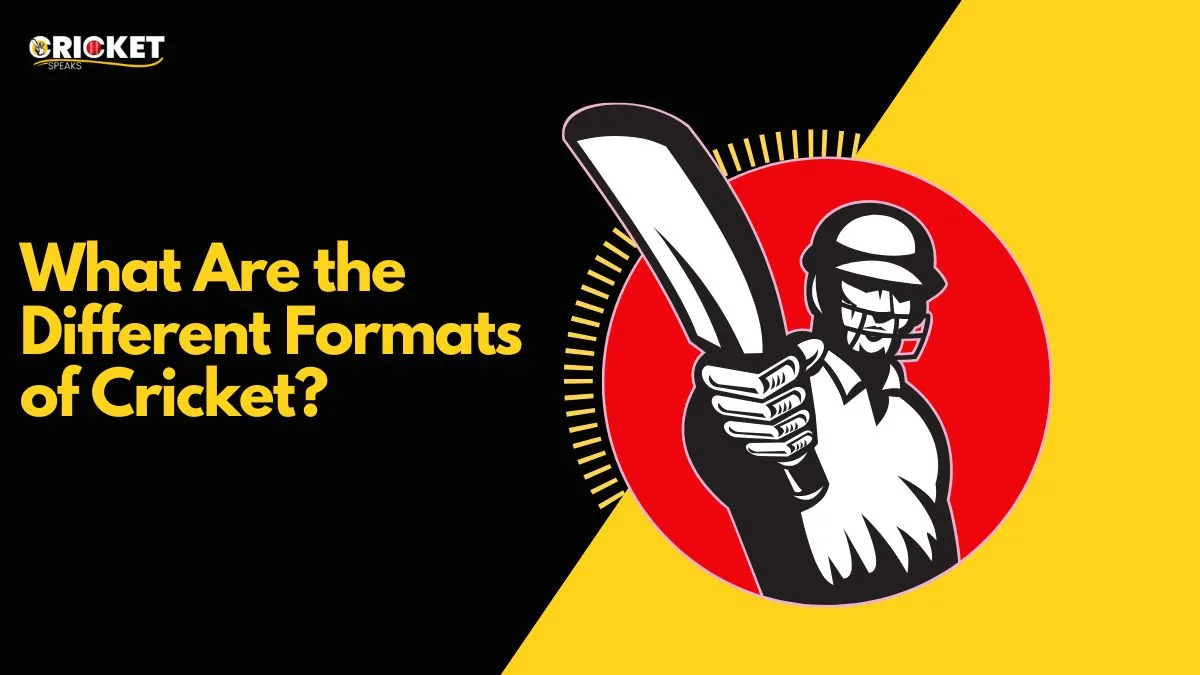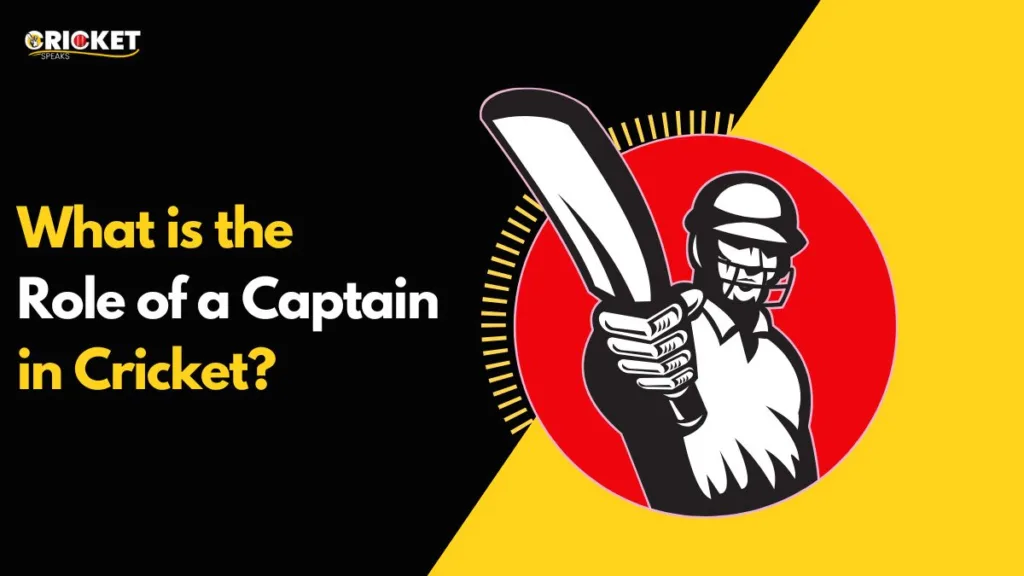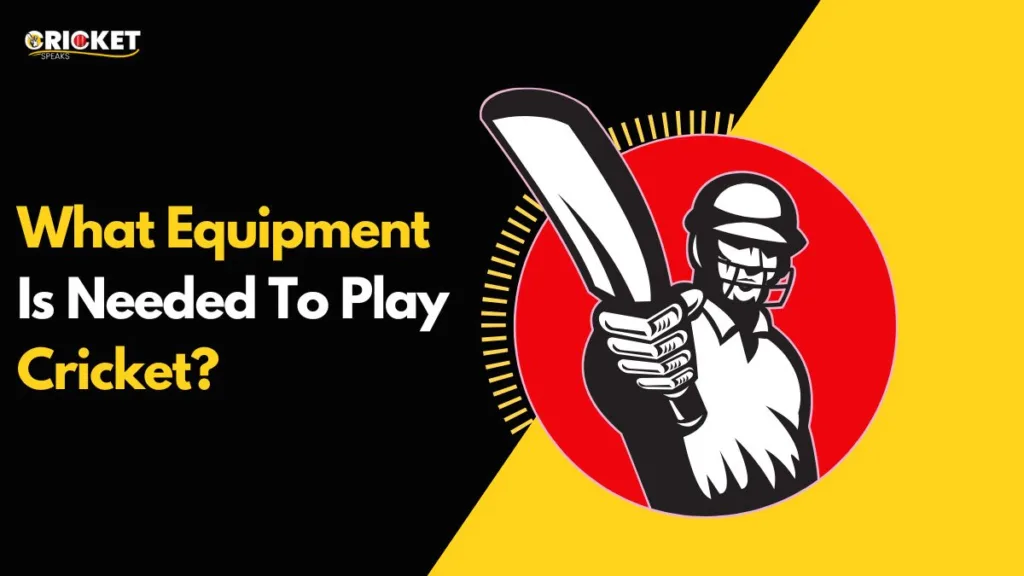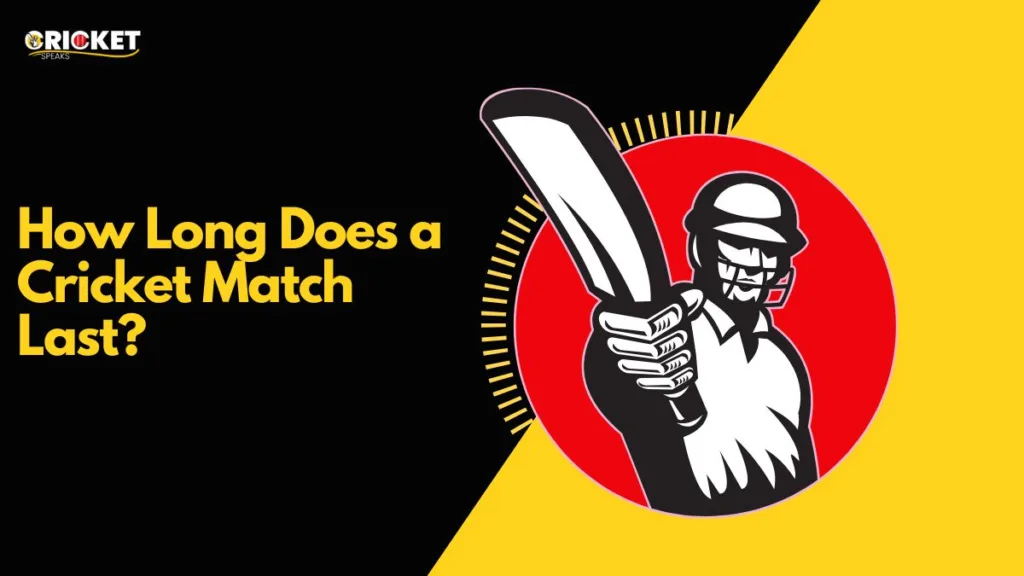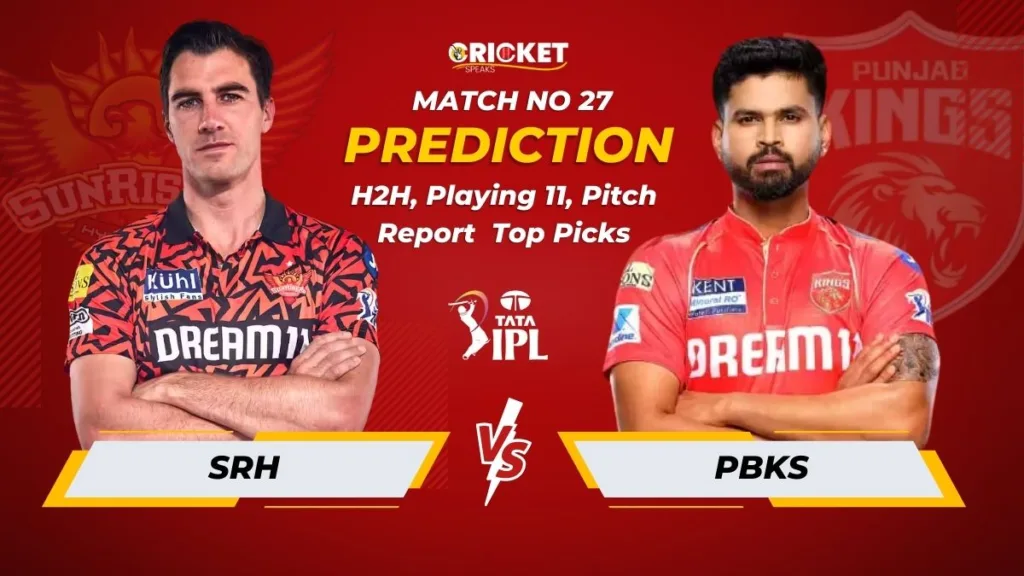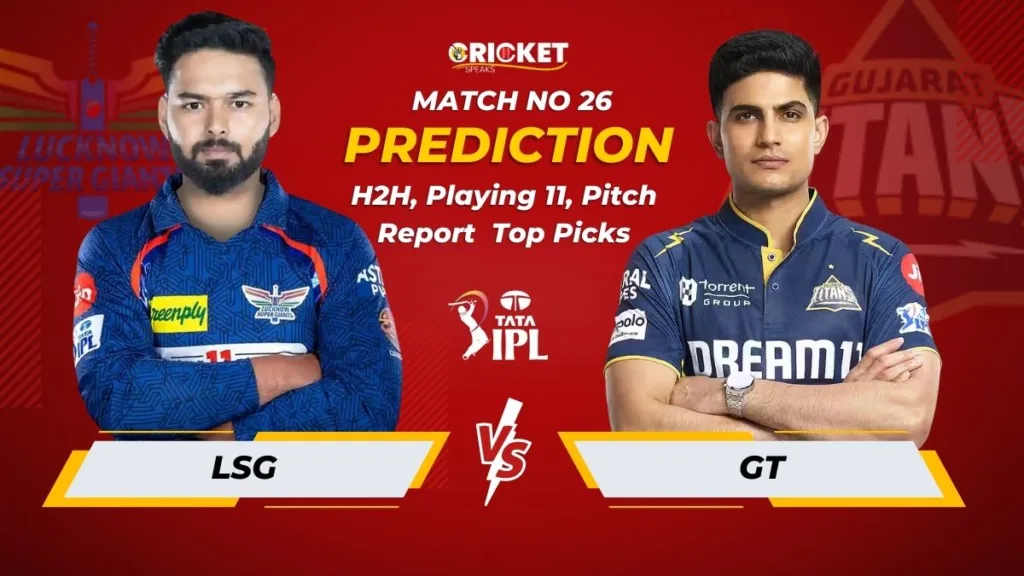Rules Of Cricket: Cricket is more than just a game—it’s an emotion in countries like India, England, Australia, and South Africa. But for beginners, the rules might seem as complex as rocket science. Don’t worry. This guide simplifies everything into bite-sized, easily understandable chunks. By the end, you’ll know how cricket works, whether you’re watching a World Cup final or a street gully match.
Objective of the Game
The primary objective of cricket is simple: score more runs than the opposition. The match is played between two teams of 11 players each. One team bats while the other bowls and fields. The batting team tries to score as many runs as possible, and the fielding team aims to dismiss them and keep the score low.
At the end of the match:
- The team with more runs wins.
- If both teams score the same, the match is either a tie or a draw, depending on the format.
Players and Teams
Each team consists of:
- 11 players, including:
- Top-order batters (who bat first)
- Middle-order batters
- All-rounders (both bat and bowl)
- Bowlers (pace or spin)
- Wicketkeeper
The 12th man is a substitute who can field in case of injury but cannot bowl, bat, or keep wickets.
Player roles
- Captain: Makes tactical decisions like batting order and field placement.
- Wicketkeeper: Positioned behind the stumps, ready to catch or stump.
Basic Equipment in Cricket
To play safely and effectively, players use specialized equipment:
- Cricket Bat: Usually made from willow wood, it must not exceed 38 inches in length and 4.25 inches in width.
- Cricket Ball: Hard and leather-covered; red for Tests and pink or white for ODIs/T20s.
- Protective Gear: Pads, gloves, helmets, chest guards, and abdominal guards ensure safety against fast deliveries.
- Uniform: White in Tests; colored jerseys for limited-overs matches.
- Spikes/Shoes: Provide grip on grassy fields.
Cricket Field Layout
Understanding the field layout is key to grasping cricket strategy.
- Pitch: 22 yards long and 10 feet wide. It has two sets of stumps at each end.
- Creases:
- Popping crease: Batting/bowling line.
- Return crease: Side boundaries for bowlers.
- Boundary Line: Marks the field’s outer edge. Crossing it earns 4 or 6 runs.
- Circle/Powerplay Markers: Used to set fielding restrictions during limited-overs matches.
Toss and Innings
Before the match begins, a coin toss decides which team bats or bowls first. The captain who wins the toss chooses based on pitch conditions, weather, or team strategy.
Innings refers to each team’s turn to bat:
- Test matches: 2 innings per side
- ODIs and T20s: 1 inning per side
Each innings ends when:
- All 10 wickets fall
- The set number of overs are completed
- The target is achieved (in chase)
Batting Rules
How Runs Are Scored
Runs are the currency of cricket. Players can score runs by:
- Running between the wickets after hitting the ball
- Hitting boundaries (4s and 6s)
- Taking advantage of extras like wides and no-balls
Other methods include:
- Leg Byes: Runs off the batter’s body
- Byes: Runs scored when the ball passes the batter and wicketkeeper
Types of Shots
- Defensive Shots: Block the ball to avoid getting out.
- Aggressive Shots: Attempt to score boundaries (cover drive, pull shot, sweep).
- Unorthodox Shots: Innovative plays like reverse sweep or scoop.
Running Between the Wickets
Two batters run between the two ends of the pitch to score:
- Single: One run
- Double/Triple: Two or three runs
- Overthrows: Additional runs from fielding errors
Communication and judgment are crucial. A mistimed run can result in a run out.
Boundaries
- Four runs (4): Ball touches the ground and crosses the boundary.
- Six runs (6): Ball flies over the boundary without touching the ground.
Boundary scoring is crucial in shorter formats like T20s, where quick runs are essential.
Bowling Rules In Cricket
A bowler delivers the ball from one end of the pitch to the batter on the other.
Bowling Techniques
- Pace Bowling: Relies on speed and bounce.
- Spin Bowling: Relies on turn and deception.
Bowlers must:
- Not overstep the front line (no ball)
- Deliver the ball with a straight arm
- Stay within the return crease
No Ball and Wide Ball
- No Ball: Bowler oversteps or delivers dangerously.
- Extra run awarded
- Free hit in limited-overs formats
- Wide Ball: Ball too far from batter to hit
- Extra run awarded
- Bowler must re-bowl it
Fielding Rules
Fielders support the bowler by stopping runs and attempting dismissals.
Fielding Positions
- Close-in fielders: Near the batter (slips, gully, silly point)
- Outfielders: Prevent boundaries (long-off, deep mid-wicket)
Powerplay Rules
In ODIs and T20s:
- First few overs have fielding restrictions
- Limited number of players allowed outside the 30-yard circle
- Promotes aggressive batting
Modes of Dismissal
Cricket has multiple dismissal methods. Knowing them enhances your understanding of the game’s dynamics:
- Bowled: Ball hits stumps.
- Caught: Ball is caught before it touches the ground.
- LBW: Batter blocks ball with leg in front of stumps.
- Run Out: Batter fails to reach crease before stumps are broken.
- Stumped: Wicketkeeper removes bails while batter is outside the crease.
Rare Dismissals
- Hit Wicket: Batter hits their stumps while playing a shot.
- Handled the Ball: Batter touches the ball with hand (rare).
- Obstructing the Field: Batter deliberately hinders a fielder.
Overs and Match Formats
An over is a set of 6 legal deliveries.
Cricket Formats
- Test Cricket: Played over 5 days, unlimited overs.
- ODIs: Each team bowls 50 overs.
- T20s: Each team bowls 20 overs.
Each format requires different strategies:
- Tests: Patience and consistency.
- ODIs: Balance of attack and defense.
- T20s: Aggressive batting and innovative bowling.
Umpires and Their Role
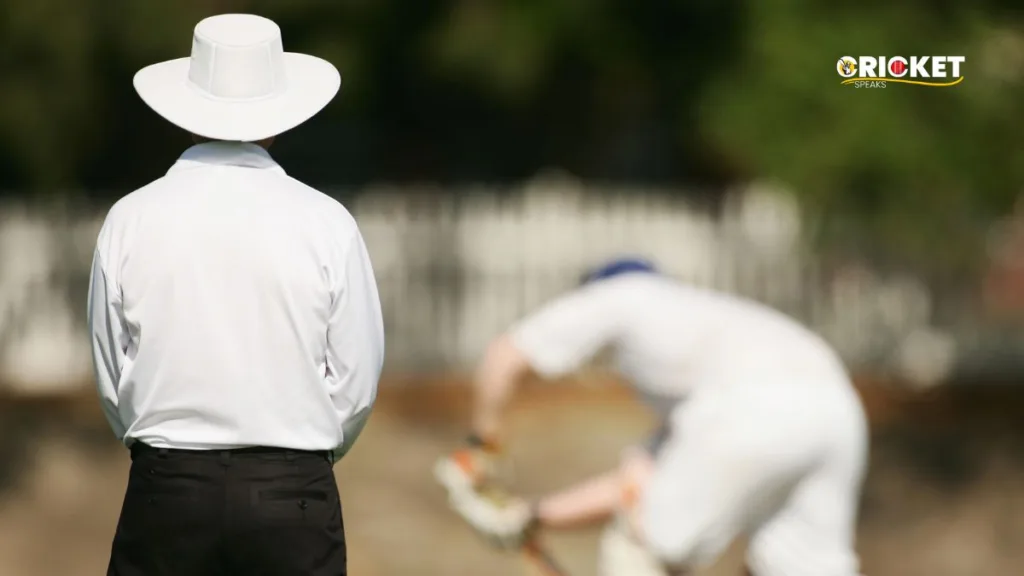
Umpires ensure fairness and rule enforcement:
- Two On-field Umpires: Manage decisions on the ground.
- Third Umpire: Uses technology (DRS) for replays.
- Match Referee: Monitors player behavior and rule adherence.
Umpires make calls on:
- Dismissals
- No balls, wides
- Time management
Scoring and Scorecard
Every cricket match is documented with a scorecard that includes:
- Runs per batter
- Wickets lost
- Overs bowled
- Extras
- Fall of wickets
- Individual bowling stats
Scorecards help fans and analysts understand team performance and match flow.
Common Cricket Terms
To talk cricket like a pro, here are some must-know terms:
- Innings: Team’s turn to bat.
- Duck: Batter out without scoring.
- Century: Batter scores 100 runs.
- Maiden Over: An over in which no runs are scored.
- All-rounder: Player who bats and bowls.
Spirit of the Game
Cricket prides itself on honesty, respect, and sportsmanship. While rules matter, the “Spirit of Cricket” emphasizes:
- Respect for opponents and officials
- Playing fair—even if the umpire doesn’t see something
- Upholding integrity on and off the field
Conclusion
Cricket may look complicated at first glance, but once you understand the basic rules, it becomes a beautiful blend of strategy, skill, and sportsmanship. Whether you’re aiming to play or simply enjoy watching, grasping these fundamentals will enhance your love for the game. Stick with it—the more you watch, the more it makes sense.
FAQs
1. Can a match end without a result?
Yes, in limited-overs cricket, if rain interrupts or time runs out without a team finishing their innings, the match is declared No Result.
2. What’s a Free Hit?
A Free Hit is awarded after a No Ball in limited-overs matches. The batter can’t be dismissed by most means on that delivery.
3. What’s the role of a captain in cricket?
The captain is the on-field leader—setting field placements, deciding bowling changes, and motivating the team.
4. Can fielders wear gloves?
Only the wicketkeeper is allowed to wear gloves. Fielders must catch with bare hands.
5. How many types of bowlers are there?
Mainly two: Fast bowlers and Spin bowlers, each with subcategories like swing, off-spin, leg-spin, etc.
